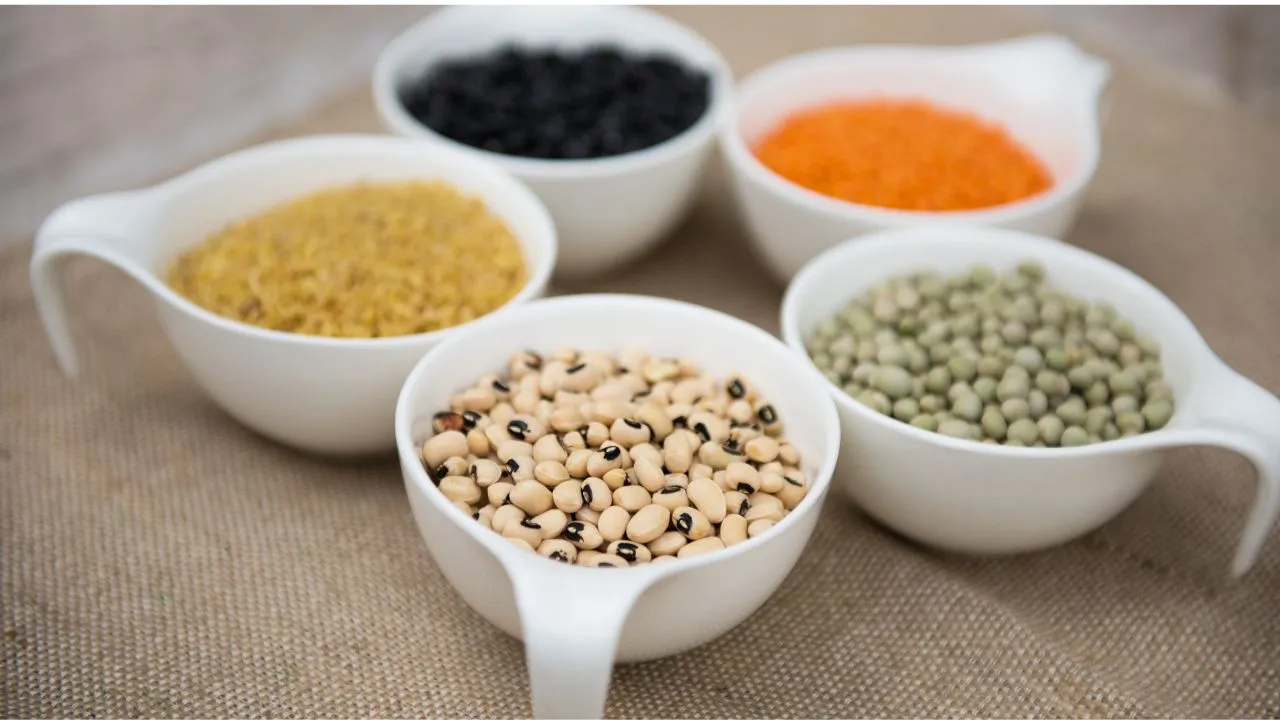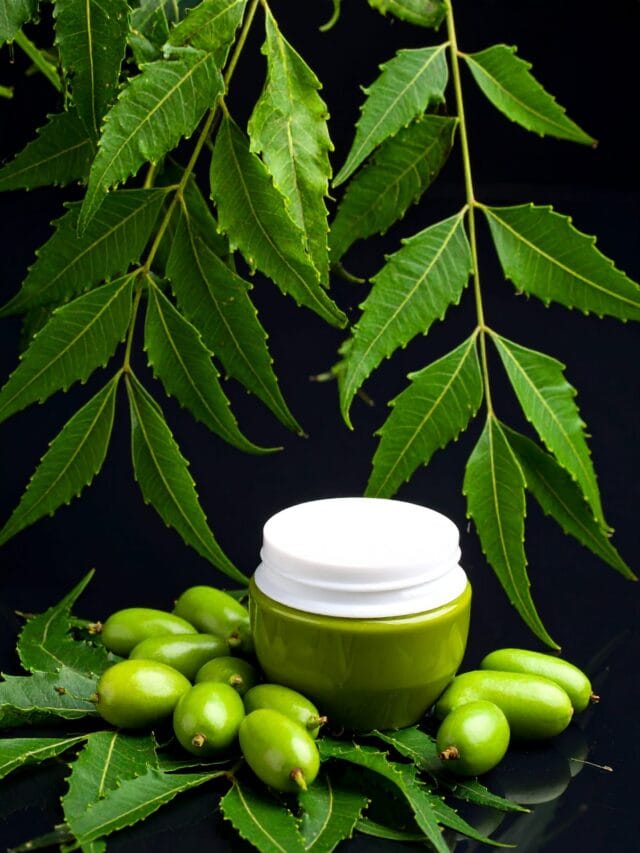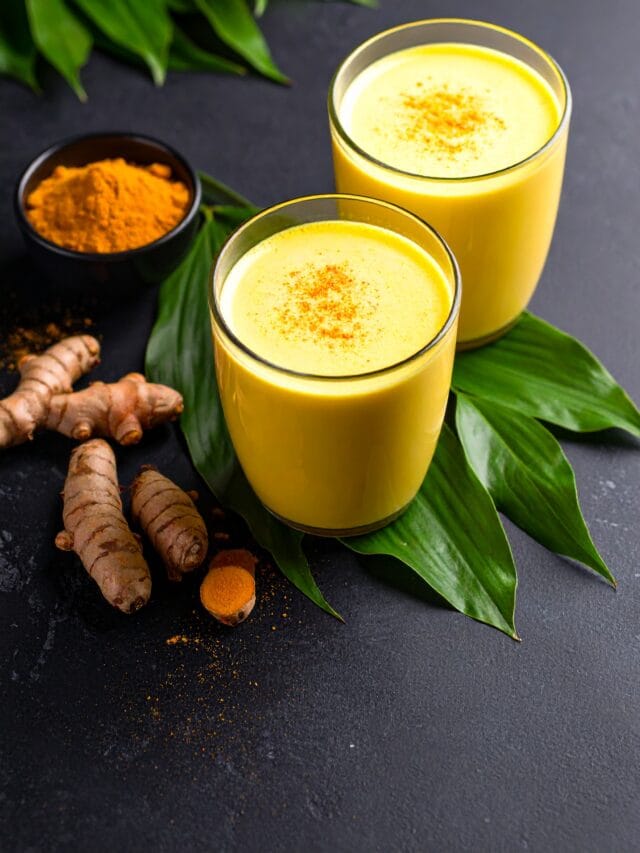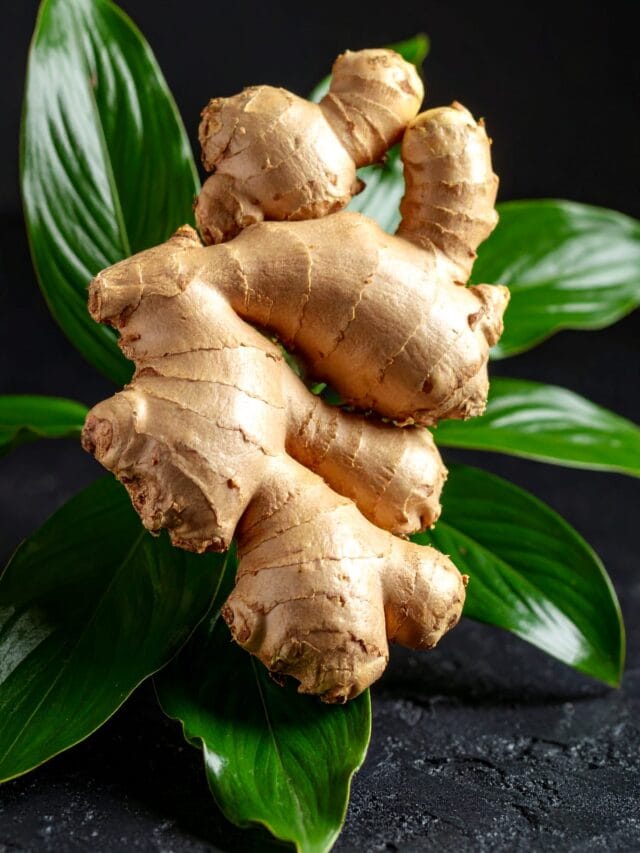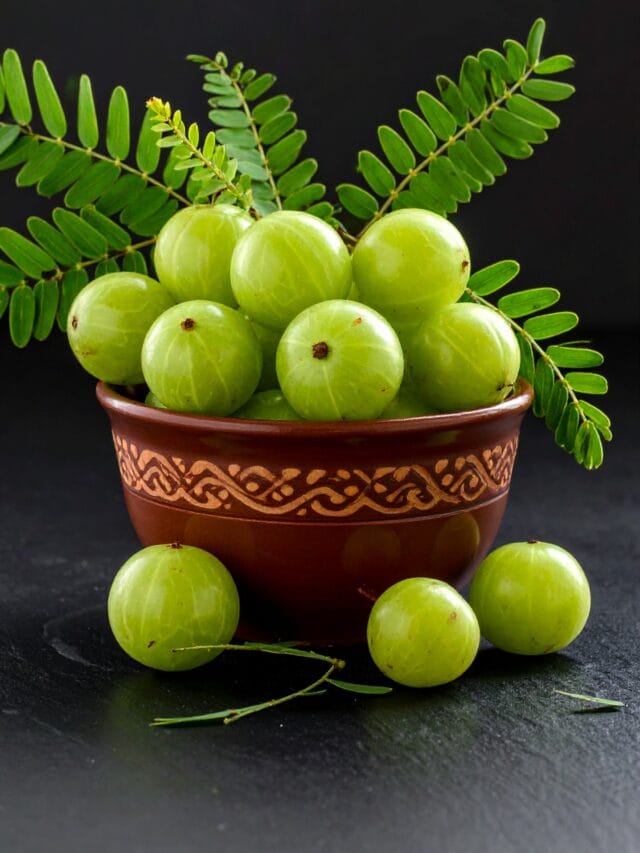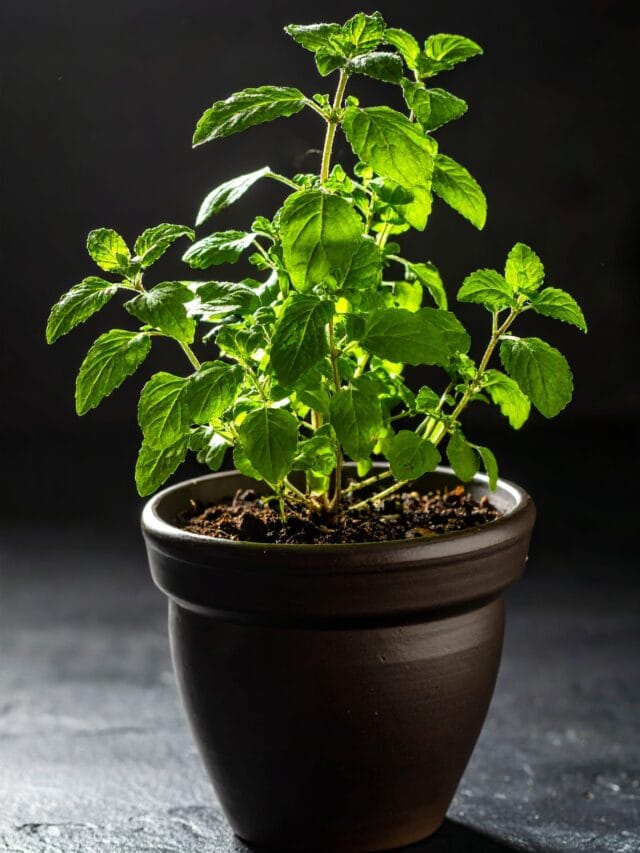Beans are a nutritional powerhouse, celebrated for their affordability, versatility, and health benefits. Packed with protein, fiber, vitamins, and minerals, they’re a staple in diets worldwide. But with so many varieties—black, kidney, pinto, navy, and more—is there one bean that stands out as the healthiest? We dove into the science and consulted nutritionists to find out.
The Nutritional Case for Beans
Beans are universally praised for their nutrient density. According to the USDA, a single cup of cooked beans can provide:
- Protein: 15–18 grams, making them an excellent plant-based protein source.
- Fiber: 10–15 grams, supporting digestion and heart health.
- Micronutrients: Significant amounts of iron, magnesium, potassium, and folate.
- Antioxidants: Polyphenols and flavonoids that combat inflammation.
“Beans are a fantastic food for longevity,” says Dr. Lisa Young, a registered dietitian and author of Finally Full, Finally Slim. “They’re linked to lower risks of heart disease, diabetes, and even certain cancers due to their fiber and phytonutrients.”
But does one bean reign supreme? Let’s break down some popular contenders.
Black Beans: The Antioxidant All-Star
Black beans often top nutritionists’ lists due to their deep color, a sign of high antioxidant content. A 2010 study in the Journal of Agricultural and Food Chemistry found that black beans have more anthocyanins—antioxidants also found in blueberries—than other beans. These compounds help reduce oxidative stress and inflammation.
- Key Nutrients (per cooked cup): 15g protein, 15g fiber, 20% DV iron, 64% DV folate.
- Why Nutritionists Love Them: “Black beans are great for heart health,” says Maya Feller, MS, RD. “Their soluble fiber helps lower LDL cholesterol, and their antioxidants may reduce blood pressure.”
- Best Uses: Soups, salads, or blended into dips like black bean hummus.
Kidney Beans: The Fiber Heavyweight
Named for their shape, kidney beans are a fiber juggernaut. They’re also rich in iron, making them a favorite for vegetarians. A 2021 study in Nutrients highlighted kidney beans’ role in stabilizing blood sugar due to their low glycemic index.
- Key Nutrients (per cooked cup): 15g protein, 13g fiber, 22% DV iron, 58% DV folate.
- Why Nutritionists Love Them: “Kidney beans are incredibly satiating,” notes Tammy Lakatos Shames, RD, of The Nutrition Twins. “Their fiber keeps you full, aiding weight management.”
- Best Uses: Chili, curries, or mixed with grains for a complete protein.
Lentils: The Speedy Superfood
Technically a pulse, lentils are often grouped with beans and come in green, red, and brown varieties. They cook faster than most beans and boast a stellar nutrient profile. A 2019 meta-analysis in The American Journal of Clinical Nutrition linked lentil consumption to reduced risks of type 2 diabetes.
- Key Nutrients (per cooked cup): 18g protein, 16g fiber, 37% DV iron, 90% DV folate.
- Why Nutritionists Love Them: “Lentils are a nutrient-dense choice for pregnant women due to their folate content,” says Frances Largeman-Roth, RDN, author of Everyday Snack Tray. “They’re also versatile and budget-friendly.”
- Best Uses: Dals, soups, or as a base for veggie burgers.
Navy Beans: The Gut Health Champion
Small but mighty, navy beans (also called white beans) are fiber superstars. They’re rich in resistant starch, which acts as a prebiotic, feeding beneficial gut bacteria. A 2020 study in Frontiers in Nutrition found that navy beans improve gut microbiome diversity.
- Key Nutrients (per cooked cup): 15g protein, 19g fiber, 24% DV iron, 64% DV folate.
- Why Nutritionists Love Them: “Navy beans are excellent for digestion,” says Dr. Young. “Their resistant starch supports a healthy gut, which is key to overall wellness.”
- Best Uses: Baked beans, creamy soups, or pureed into spreads.
Pinto Beans: The Everyday Hero
Pinto beans are a staple in many cuisines, particularly Mexican. They’re packed with magnesium, which supports muscle and nerve function. A 2017 review in Critical Reviews in Food Science and Nutrition noted pinto beans’ potential to lower cholesterol levels.
- Key Nutrients (per cooked cup): 15g protein, 15g fiber, 20% DV iron, 74% DV folate.
- Why Nutritionists Love Them: “Pinto beans are a great all-rounder,” says Feller. “They’re affordable and pair well with spices, making healthy eating accessible.”
- Best Uses: Refried beans, tacos, or blended into soups.
So, Which Bean Is the Healthiest?
The truth? There’s no single “healthiest” bean—it depends on your needs. “All beans are nutrient-dense and offer unique benefits,” says Largeman-Roth. “The best bean is the one you’ll eat regularly.” Here’s a quick guide:
- For antioxidants: Choose black beans.
- For fiber and satiety: Go for kidney or navy beans.
- For folate and quick cooking: Opt for lentils.
- For versatility: Pick pinto beans.
Nutritionists agree that variety is key. “Rotating beans in your diet maximizes nutrient intake,” says Lakatos Shames. “Each type offers slightly different phytonutrients.”
Potential Downsides to Consider
Beans aren’t perfect for everyone. They contain lectins and oligosaccharides, which can cause digestive discomfort in some people. Soaking and cooking beans thoroughly reduces these compounds. Those with IBS or sensitivities may need to start with smaller portions. Always consult a dietitian if you’re unsure.
How to Incorporate More Beans
- Start Small: Add a quarter-cup to salads or soups if you’re new to beans.
- Season Well: Spices like cumin, garlic, or smoked paprika elevate flavor.
- Try New Recipes: Experiment with bean-based brownies or lentil patties.
- Canned vs. Dry: Canned beans are convenient; just rinse to reduce sodium. Dry beans are cheaper but require soaking.
The Bottom Line
Beans are a nutritional win, no matter the variety. Black beans edge out slightly for antioxidants, navy beans for gut health, and lentils for folate, but all are stellar choices. “The healthiest bean is the one on your plate,” says Dr. Young. Aim for at least three servings a week to reap their benefits—your body (and wallet) will thank you.
Sources: USDA FoodData Central, Journal of Agricultural and Food Chemistry (2010), Nutrients (2021), The American Journal of Clinical Nutrition (2019), Frontiers in Nutrition (2020), Critical Reviews in Food Science and Nutrition (2017).
